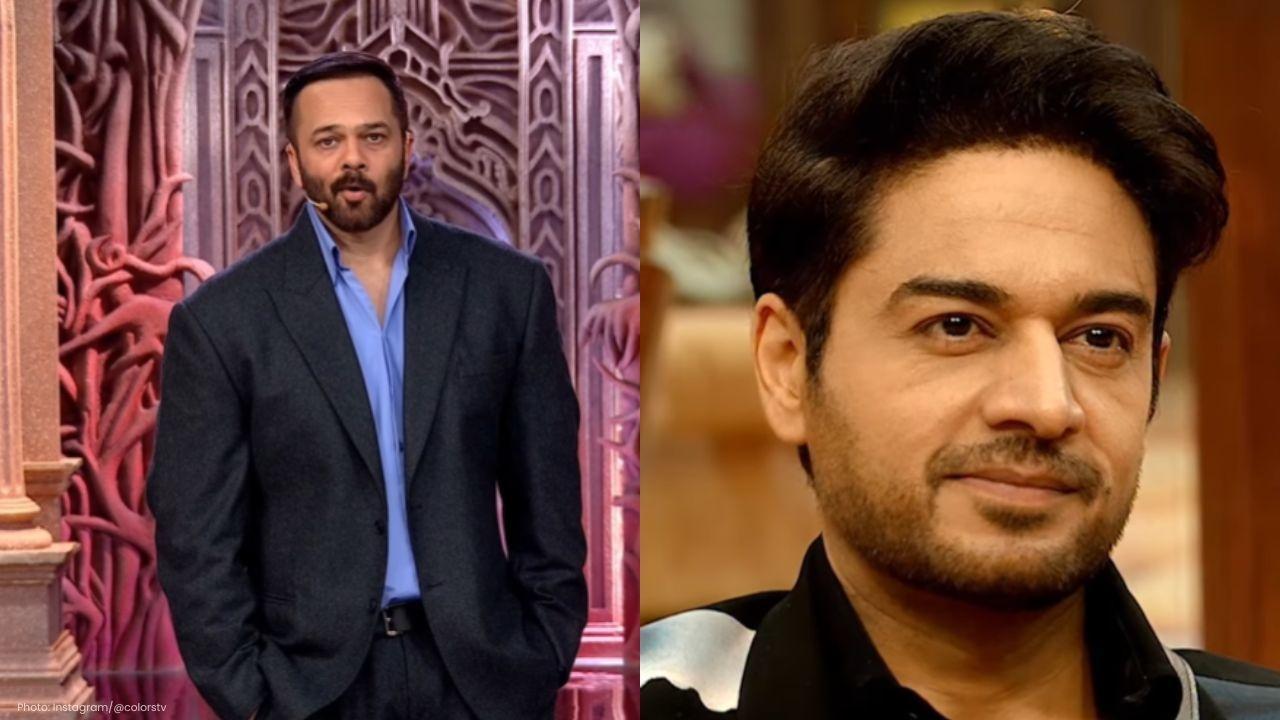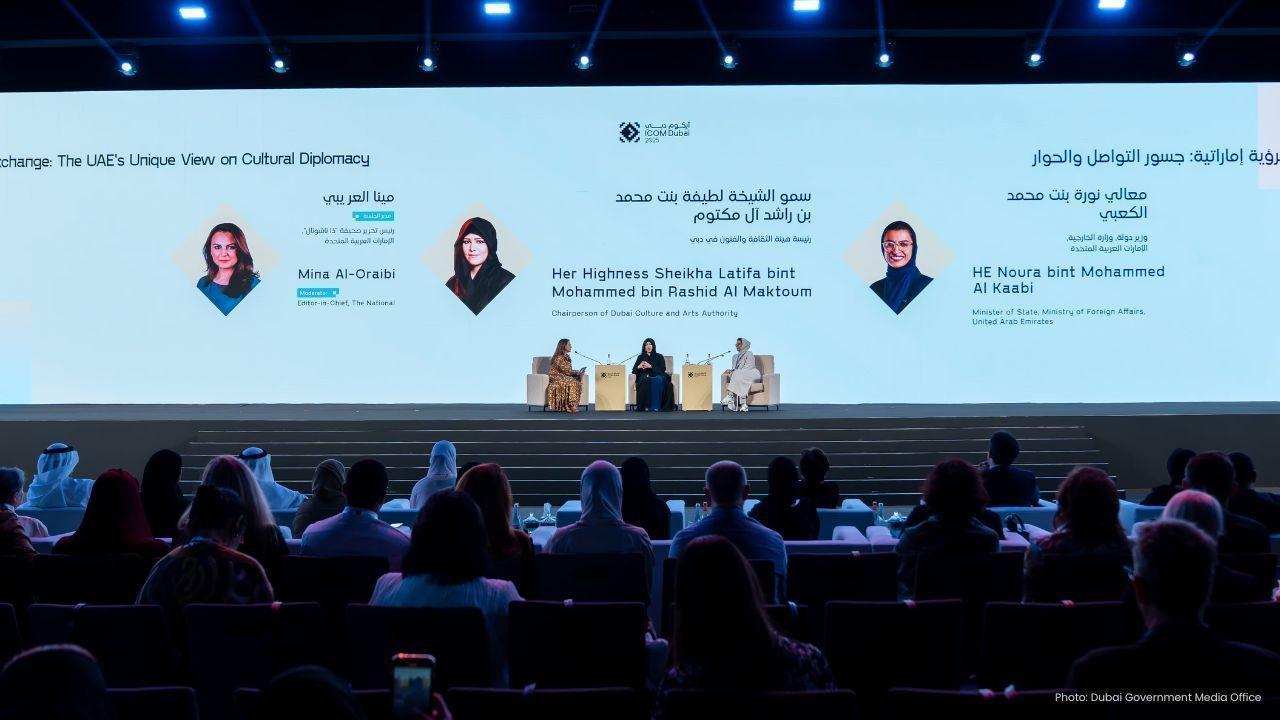
Post by : Vansh
In the age of rapid technological advancement, cities around the globe are undergoing a digital revolution that’s often hidden in plain sight. What looks like everyday urban life is increasingly powered by invisible networks—systems of sensors, data flows, artificial intelligence, and wireless communication that silently drive change. This quiet transformation is leading to smart urban evolution, a concept where cities become more efficient, connected, and sustainable through technology.
These developments are not just enhancing infrastructure; they are reshaping how people live, commute, and interact within urban landscapes. Let’s take a deeper look at how invisible networks are powering the visible change we see around us, and why this matters more than ever in building future-ready cities.
Smart cities are not built overnight. They evolve—layer by layer—through interconnected technologies that collect data, process it intelligently, and trigger responses in real-time. At the heart of this transformation lie Internet of Things (IoT) devices. These are sensors and machines embedded in streetlights, traffic signals, parking meters, and public transport systems, all silently communicating with each other.
For instance, smart traffic systems use sensors and AI to adjust signal timings in response to real-time traffic conditions. This reduces congestion and emissions. Similarly, smart water meters detect leaks in pipelines and optimize water usage without human intervention.
All of this is possible because of invisible networks—wireless communications, data analytics platforms, and cloud computing infrastructure—working silently in the background. While they may not be visible to the public eye, their impact is very real and often revolutionary.
One of the most important assets in smart urban evolution is data. Cities are collecting vast amounts of it through CCTV cameras, weather stations, air quality monitors, and citizen apps. But raw data alone is meaningless unless it’s processed, understood, and applied.
Artificial intelligence (AI) and machine learning algorithms sift through this data to generate actionable insights. City planners use these insights to design better housing solutions, improve public transportation routes, and allocate emergency services more effectively. Urban data also powers predictive systems that can warn residents about flooding, power outages, or extreme weather.
This flow of data—constantly feeding into machine intelligence—is one of the strongest invisible networks transforming modern cities. And while the data is largely unseen, the visible change it creates is immense—cleaner air, faster commutes, and safer neighborhoods.
Sustainability is another major driver of smart city initiatives. Through intelligent infrastructure and energy-efficient systems, cities are working to reduce their environmental footprint. Smart grids optimize electricity usage based on demand. Solar panels on rooftops feed power back into the city network. Smart bins send alerts when they’re full, ensuring waste is collected efficiently.
Perhaps one of the best examples of visible change powered by invisible networks is seen in smart buildings. These structures use automated lighting, temperature control, and security systems powered by real-time data. The result? Lower energy consumption, cost savings, and reduced emissions—all without the user even noticing.
Green spaces are also being managed smarter. Sensor-driven irrigation systems water plants based on soil moisture levels and weather forecasts, saving gallons of water in the process. All this feeds into a bigger vision: building climate-resilient cities that are sustainable for generations to come.
This article has been prepared for informational purposes only by MiddleEastBulletin. All data, views, and interpretations are meant to inform, not serve as official urban development guidance.










Pageau's Overtime Goal Propels Islanders to 4-3 Victory Over Golden Knights
In a thrilling overtime finish, Jean-Gabriel Pageau leads the Islanders past the Golden Knights 4-3,

MLB Awards: deGrom and Acuna Jr. Shine as Comeback Players
Jacob deGrom and Ronald Acuna Jr. celebrated MLB Comeback Player Awards, alongside Ohtani and Judge

Portugal Confronts Ireland in Pivotal World Cup Qualifier
Portugal, led by Cristiano Ronaldo, faces Ireland in a vital Group F World Cup qualifier that could

Haaland's Brilliance Leads Norway to 4-1 Victory Against Estonia
Erling Haaland showcases leadership as Norway crushes Estonia 4-1, boosting their World Cup ambition

Hawks Triumph Over Jazz; Suns and Raptors Secure Victories
Hawks' Onyeka Okongwu and Jalen Johnson lead in a thrilling win against Jazz; Suns and Raptors also

Indian Men's Recurve Team Clinches First Asian Gold in Nearly Two Decades
The Indian men's recurve team triumphed over South Korea, securing their first Asian gold in 18 year